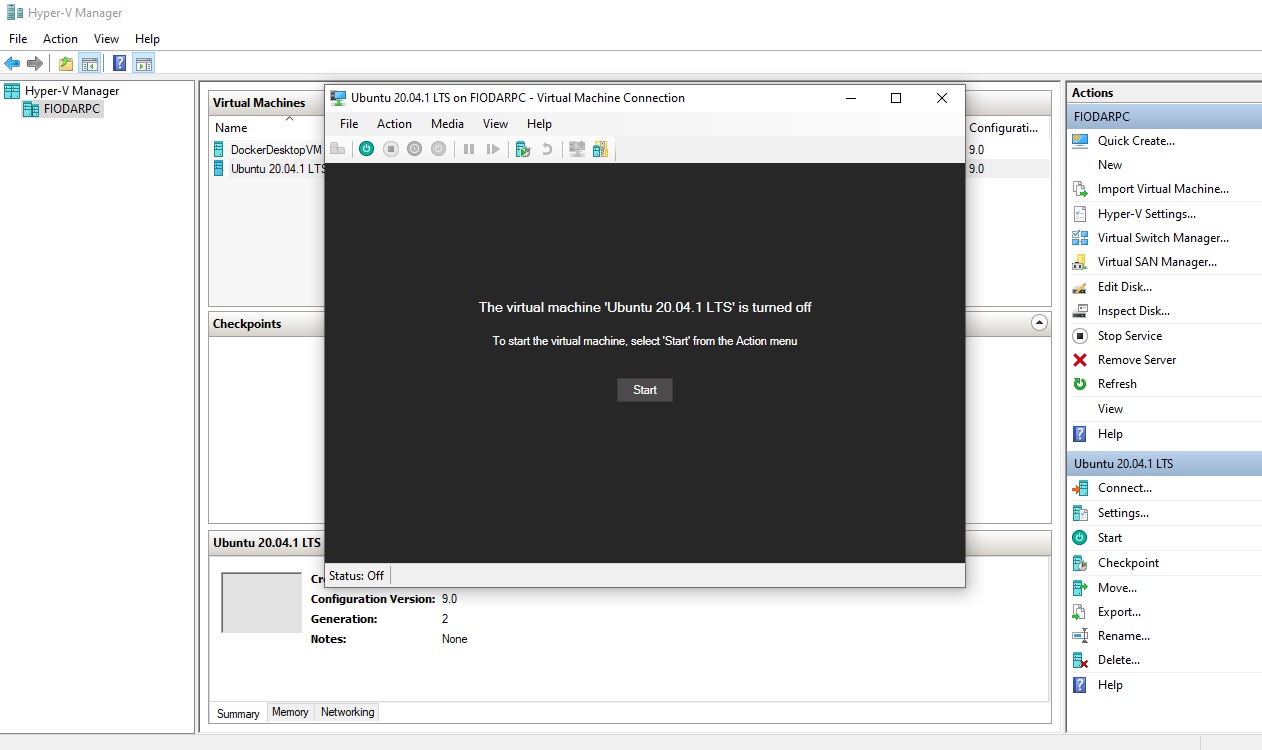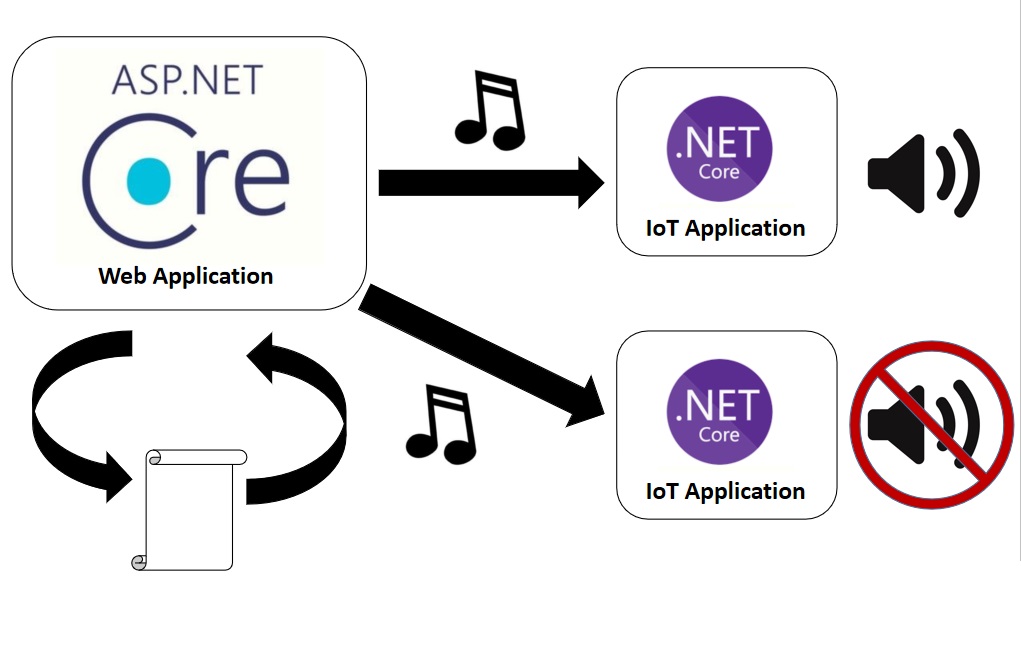
TDD: How to Do it Properly and Why It’s Easy
A short practical guide you can apply right away If you are a software developer, you have probably heard of test-driven development (TDD). Some people even insist that you can’t write good quality software without it! We will not argue … Continue reading TDD: How to Do it Properly and Why It’s Easy
















